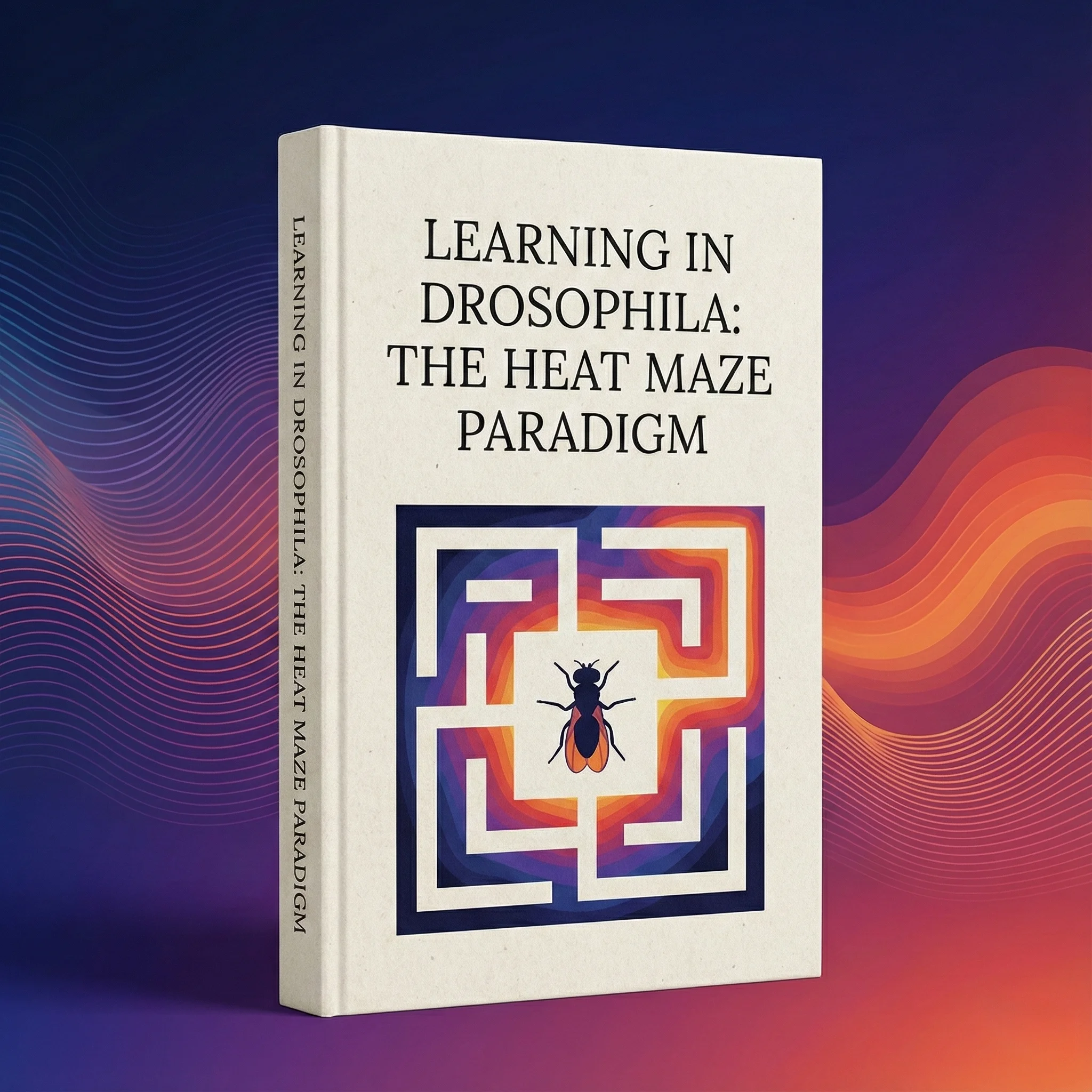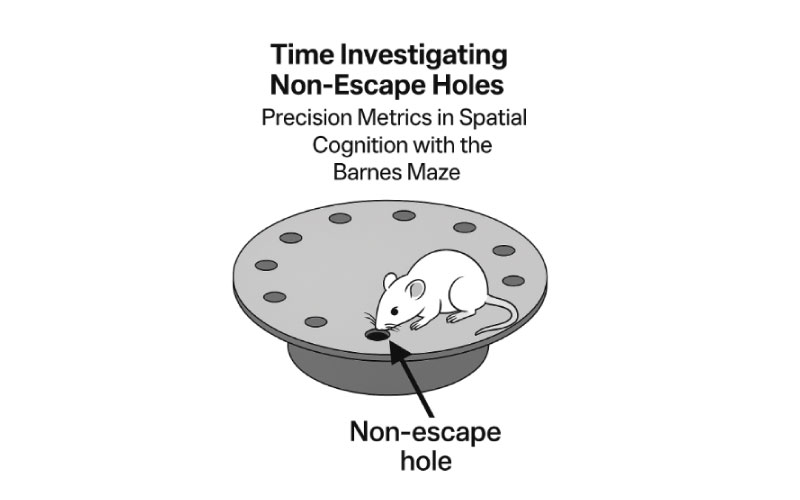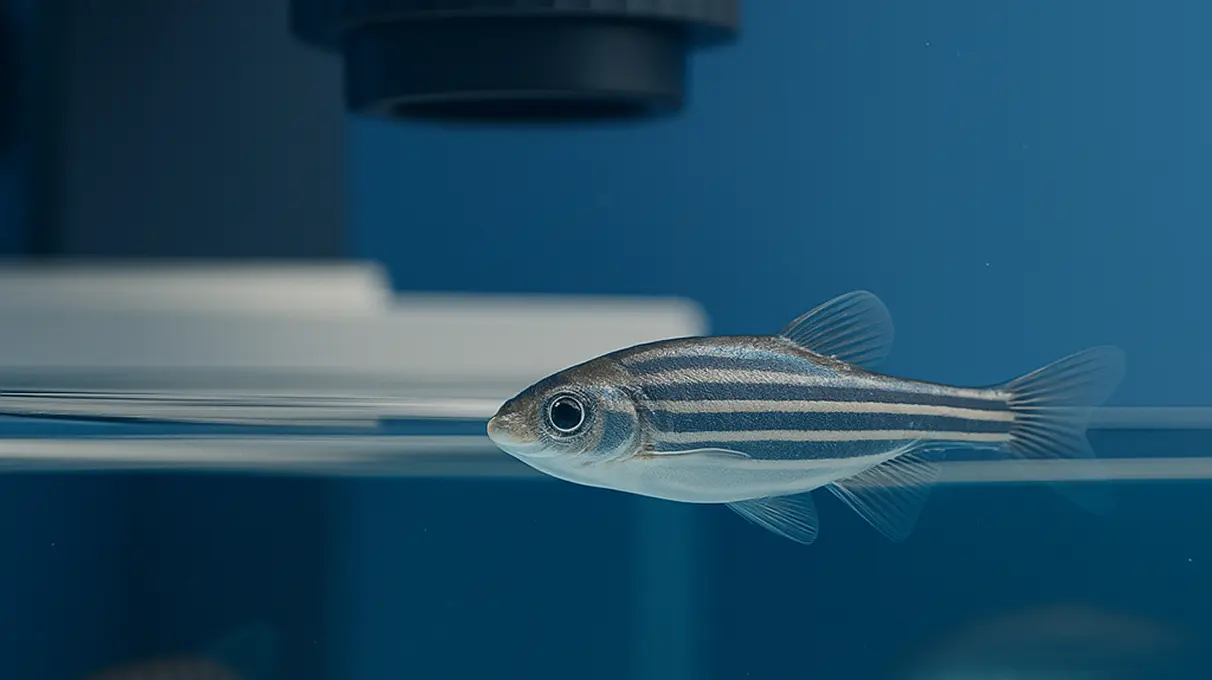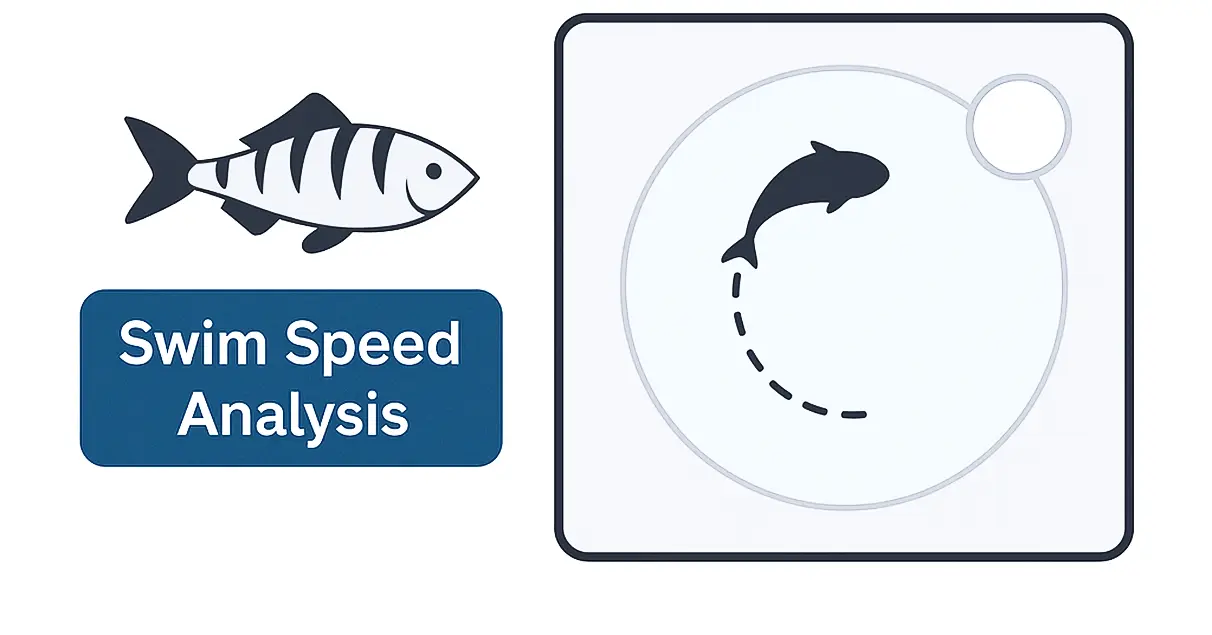

The Barnes Maze is a widely used spatial memory task designed to assess hippocampus-dependent learning in rodents. While traditional metrics like escape latency and number of errors remain valuable, advanced cognitive neuroscience increasingly favors more nuanced behavioral indicators. One such underutilized but insightful metric is Time Investigating Non-Escape Holes (TINEH). This parameter captures how long an animal actively explores incorrect holes during a trial. It reveals much more than simple error rates—it maps the animal’s decision-making confidence, spatial attention, and cognitive adaptability.
In contrast to binary outcomes (success or failure), TINEH measures the depth of interaction at incorrect decision points. As such, it reflects how rodents allocate their attention in space and how they weigh potential outcomes. This is especially important in conditions involving subtle cognitive impairments, pharmacological testing, or age-related decline, where escape time may not significantly differ, but search patterns do.
In a standard Barnes Maze setup, rodents are placed on a circular platform with 18-20 holes around the perimeter, only one of which leads to an escape box. The remaining holes are false targets. As rodents search for the escape, they nose-poke or investigate several holes. TINEH tracks the cumulative time spent exploring these incorrect holes during a trial.
Unlike simple error counts, which tally each incorrect hole checked, TINEH reflects how much time the animal spends per error—a subtle yet meaningful distinction. For instance, an animal that makes five quick checks is cognitively distinct from one that spends long durations exploring each wrong hole.
TINEH enables the classification of rodents’ search behaviors into:
Tracking time across non-escape holes helps differentiate purposeful exploration from aimless wandering. For example, Sunyer et al. (2007) noted that mice transitioning from random to spatial strategies show reduced TINEH over training sessions, even when escape latencies remain unchanged.
Short investigation times suggest decisiveness, while prolonged engagement reflects uncertainty. Animals that revisit or linger at incorrect holes exhibit hesitation or impaired spatial recall. TINEH thus becomes a proxy for decision confidence—a powerful behavioral phenotype not captured by latency alone.
In probe trials (where the escape box is removed), animals often spend time investigating the former escape hole or its vicinity. High TINEH clustered around this location indicates successful memory formation. Diffuse or quadrant-wide TINEH suggests weaker or mislocalized spatial memory.
During reversal learning (when the escape hole is moved), animals must inhibit prior learning and adapt to a new spatial location. Increased TINEH at the former target hole reflects perseverative behavior—a hallmark of reduced cognitive flexibility, particularly in prefrontal cortex impairment or neurodegeneration models (Barnes, 1979).
Highly anxious rodents may seek refuge by pausing at the first few holes they encounter. Prolonged TINEH at one or two non-escape holes may thus reflect anxiety rather than cognitive uncertainty. This emotional component can be modulated pharmacologically or through stress paradigms, providing an emotional-behavioral layer to cognitive profiling.
In Alzheimer’s disease models (e.g., 3xTg-AD, APP/PS1), elevated TINEH is a robust indicator of spatial disorientation. While latency to escape may not be significantly delayed in early stages, prolonged TINEH uncovers inefficiencies in search execution and faulty recall.
Rodents with traumatic brain injury (TBI) often show erratic, prolonged search patterns. TINEH analysis reveals whether impairments lie in motor function, memory, or strategy formulation, depending on whether time is concentrated or scattered across non-escape holes.
Cognitive enhancers like donepezil, CDPPB (an mGluR5 modulator), or environmental enrichment are expected to reduce TINEH by facilitating faster learning and strategic focusing. In contrast, NMDA receptor antagonists or scopolamine increase TINEH by impairing memory encoding or recall.
Aged rodents typically exhibit increased TINEH due to slowed processing or weakened memory precision, even when escape latency is not dramatically impaired. This makes TINEH a sensitive early biomarker for age-related cognitive decline.
Drugs or lesions affecting the prefrontal cortex or dopaminergic systems impair flexibility. During reversal phases, affected rodents continue to investigate the former escape hole excessively, inflating TINEH—a red flag for perseveration.
At Conduct Science, our Barnes Maze systems are optimized for hole-level behavioral resolution. By integrating with tracking platforms such as EthoVision XT, ANY-maze, and others, researchers can automatically record:
Our maze systems feature:
This empowers researchers to automate and replicate high-resolution behavioral analyses with confidence.
“Time Investigating Non-Escape Holes” is more than a secondary measure—it’s a behavioral lens that reveals how an animal thinks, remembers, and adapts. It is particularly valuable in uncovering subtle deficits, evaluating treatment effects, and interpreting divergent performance patterns across individuals or groups.
With Conduct Science’s automated Barnes Maze systems, researchers can harness this powerful metric efficiently and reliably, transforming their behavioral assays from binary endpoints into multidimensional cognitive profiles.
Barnes, C. A. (1979). Memory deficits associated with senescence: A neurophysiological and behavioral study in the rat. Journal of Comparative and Physiological Psychology, 93(1), 74–104. https://doi.org/10.1037/h0077579
Sunyer, B., Patil, S., Höger, H., & Lubec, G. (2007). Barnes maze, a useful task to assess spatial reference memory in the mice. Nature Protocols, 2(3), 848–858. https://doi.org/10.1038/nprot.2007.115
Harloe, J. P., et al. (2008). The mGluR5 positive allosteric modulator CDPPB enhances cognition and reduces repetitive behavior in mouse models. Neuropsychopharmacology, 33(6), 1253-1265.
For more on Conduct Science’s Barnes Maze and automated tracking options, visit: https://conductscience.com/barnes-maze











Dr Louise Corscadden acts as Conduct Science’s Director of Science and Development and Academic Technology Transfer. Her background is in genetics, microbiology, neuroscience, and climate chemistry.
